Shaul-Paul was well connected too
Rufus Pudens, the Roman Senator married Priscilla, mother of the Apostle Paul through another marriage. Rufus and Pudens parented Rufus Pudens Pudentianna, Saint Pauls half-brother. Saint Paul, or Paul of Tarsus, is a Christian saint, who has lent his name to a number of places and things: Buildings and institutions Churches St Pauls Cathedral in London, England, designed by Christopher Wren St Pauls Cathedral (Macau) in Macau St Pauls Cathedral, in Melbourne.
Pudens was the husband of Claudia. They were identified with the Pudens and Claudia of Martial’s ‘Epigrams’ (iv. 13, xi. 53), and Claudia was held to be a British maiden and a daughter of a British chief named Cogidubnus (Martial, xi. 53, ‘CIL.’ vii. 11)
King of Siluria, was sainted by the early Church of Britain. "He first of the Cymry gave infants names, for before names were not given except to adults, and then from something characteristic in their bodies, minds, or manners." His brother Linus the Martyr, his sister Claudia and her husband Rufus Pudens aided the Apostle Paul in the Christian Church in Rome, as recorded in II Timothy 4:21 and Romans 16:13 (Rufus Pudens and St. Paul are shown to be half-brothers, with the same mother but different fathers. "His mother and mine." She thus appears to have been the mother of an elder son, Paul, by a Hebrew husband, and a younger son, Rufus, by a second marriage with a Roman Christian.)
Greet Prisca and Aquila, and the household of Onesiphorus. Erastus stayed in Corinth, but Trophimus I have left in Miletus sick. Do your utmost to come before winter. Eubulus greets you, as well as Pudens, Linus, Claudia, and all the brethren. The Lord Jesus Christ be with your spirit. Grace be with you. Amen (2 Timothy 4:19-22).
From all this we realize that Paul and Rufus Pudens Pudentius were half-brothers, each having the same mother. In turn, this made the British Princess Gladys, the emperor Claudius' adopted daughter, now known as Claudia Britannica Rufina Pudens Pudentius, sister-in-law the Apostle of the Gentiles! And lastly, through Gladys' adoption, Paul is the half-brother-son-in-law (if there can be such a thing) to the emperor Claudius!
St. Bernard, while gazing upon the glories of the Church, once commented, “Thus, wealth is drawn by ropes of wealth, thus money bringeth money...O vanity of vanities, yet no more vain than insane. The Church is resplendenr in her walls, beggarly in her poor. She clothese her stones in gold, and leaves her sons naked.”
Http://ww.asis.com/users/stag/royalsoap.html)
Jesus Had a Rich Family with Ties to the Herodians
According to the Gospel of Matthew ( Matthew 27:60), the garden and tomb were the private property of Jesus’ wealthy uncle, Joseph of Arimathea. Some said that Joseph was the uncle of Vigin Mary and therefore of Jesus. He was well placed as Nobilis Decurio, a minister of mines for the Roman empire, with direct access to Pilate himself.
Described as one who was “looking for the kingdom of God,” Mark 15:43. all four Gospels agree that Joseph was a member of the Sanhedrin which is the way bouleutēs, literally "counsellor", in Matthew 27:57 and Luke 23:50 is often interpreted, and a secret disciple of Jesus. (John 19:38) Scholars suggest his private garden and Jesus’ tomb was likely the Garden of Gethsemane, a favorite gathering place of the disciples with a clear view of the Temple on Mount Moriah or Sion (or Zion, the ancient name for Jerusalem).
When Pilate allowed Joseph's request he immediately purchased fine linen (Mark 15:46) and proceeded to Golgotha to take the body down from the cross. There, assisted by Nicodemus, he took the body and wrapped it in the fine linen, sprinkling it with the myrrh and aloes that Nicodemus had brought (John 19:39). Remember, the phoenix “maketh for itself a coffin of frankincense and myrrh and the other spices...”
It Was Finished Amazingly Fast!
According to the Gospel of Mark, immediately after the Crucifixion Joseph of Arimathea asked Pontius Pilate for Jesus’ body. Pilate was astonished that Jesus is dead so soon (Mk 15:44), it usually took several excruciatingly painful days for the crucified to perish. That was the point. The Gospels record that Jesus was suspended from the pillar at the sixth hour (noon), at the ninth hour (3 p.m.) he said he thirsted and was given a sponge soaked with vinegar by a Roman centurion (in fulfillment of Psalm 22:16 and Zecharia 12:10). When Jesus received the vinegar, which normally has a reviving effect, Jesus said, “It is finished: and bowed his head, and gave up the ghost.” (John 29:30) By nightfall he was declared dead. This is where medical doctors see trouble in the story of the Crucifixion. How is it possible, they wonder that a viral and powerful man such as Jesus (the image on the Shroud of Turin is that of man who was about 5’ 10” tall, 165 pounds) could have died so quickly?
Pilate also had reason to be surprised. Jesus’ legs were not even broken, the customary coup de grace which hastened death so that the dead bodies did not remain on the pillars on the Sabbath day. (John 19:31) The breaking of the legs prevented the crucified from straightening out their bodies. This assured suffocation within a few hours. Mallets broke the legs of the thieves. Jesus’ legs were left untouched because he was believed to be dead already. So how come he died so soon? Pilate conferred on this matter with a Roman centurion who is named Longinus in the apocryphal Book of Nicodemus. According to the Gospel of John, he was the centurion who thrust his lance into the side of Jesus to confirm his death. (John 19:33-35) Blood and water flowed out. None of the other Gospels mention Longinus’ action or the transformed blood and water of Christ. Yet in the Gospel of John this blood simultaneously verified Jesus was dead and that the faith of Christ is centered in his blood and water. Longinus became an early hero of the first Christians for his actions that Good Friday in April 2,000 years ago. If Jesus’ legs had been broken his body weight would have crushed his lungs causing him to die from asphyxiation. Most importantly, if Jesus’ legs had been broken, the prophecy of Exodus 12:46 “… a bone of him shall not be broken” would have been unfulfilled. Some say that in that moment, by his single action, Longinus held the destiny of the world in his hands. When he made the decision to pierce the side of Jesus he altered history.
Short Spear or Sponge?
Longinus the centurion and his Spear are the subject of immense mystery. According to legend, he was nearly blind. In the apocryphal Acta Pilata, Longinus was the supervisor of the Crucifixion.
Christian legend also claims Longinus was a secret follower of Jesus. He is the same centurion who, transformed by the events that transpired at the Crucifixion, praised Jesus as the true Son of God (Mk. 15:39)He was also the centurion who confirmed the death of Jesus to Pilate, and who then released the body of Jesus to another of Jesus’ secret disciples, Joseph of Arimathea. It has even been suggested that Longinus was the Roman soldier who administered the ‘vinegar’ to Jesus.
In their carefully researched work, The Jesus Conspiracy. The Turin Shroud and the Truth about the Resurrection. (1994, pp.252-3) Holger Kersten and Elmar Gruber note that an error of translation was made when the word hyssos (‘short spear’) was taken for hyssopos (‘hyssop’). Through this error it is revealed that, instead of a spear, Longinus held up a sponge soaked in a narcotic substance that put Jesus into a catatonic state, giving him the appearance of death.
Body or Corpse?
The trouble with the description of Longinus’ piercing Jesus’ side and the blood spurting out is that it is medically impossible. Corpses do not bleed. In order for blood to spurt out Jesus would have had to be at least partially alive. Additionally, it has been argued for centuries that Longinus’ piercing and the wound it caused was not sufficient to kill Jesus. The wounds that appear on the body in the Shroud of Turin tend to support this. So, the question continues to be asked: is the Gospel of John indicating that Jesus was still alive after the Crucifixion? Dead Sea Scroll scholar Hugh Schonfield The Passover Plot. A New Interpretation of Life and Death of Jesus (1965 p.168), and the authors of Holy Blood, Holy Grail (p.329) note that in the original Greek version of Mark’s Gospel, when Joseph asks for Jesus’ body he uses the word soma -- a word they propose applied to a living body. Pilate responds in the affirmative, but uses the word ptoma -- which means “corpse.” This is a perplexing state of affairs. Given the two different words, soma and ptoma, did Joseph receive a living or a dead body? This is the vital question of Christianity. 1 Corinthinians asks “If Christ be not risen, then is our preaching in vain, and your faith is also vain?” John’s Gospel says that, along with Nicodemus, Joseph pulled Jesus’ mangled body from the pillar. Without the knowledge or involvement of any of the other apostles they rushed the body to Joseph’s garden and went immediately to work. The two men treated the open cuts and wounds with a sticky gel made from over 100 pounds of aloe, myrrh and other medicinal herbs. They wrapped his body in a linen shroud, and placed it in Joseph’s private tomb, sealing it with a large rolling rock. Were they preparing Jesus’ body for burial or healing the massive wounds? Joseph came from Arimathea near the Samarian border. He returned there after the Crucifixion, suggesting he lived there.
The question thus arises:
Why is Joseph’s family burial tomb in Jerusalem?
Especially in a location so conveniently located to the site of Jesus’ Crucifixion?
Was his burial place located there because Joseph considered Jerusalem sacred?
Or, knowing that Jesus’ execution was imminent, unavoidable and indeed necessary for the fulfillment of prophecy, was this site’s proximity to the site of the Crucifixion pre-selected as part of an elaborate conspiracy for as a recovery area?
Arimathea is often held to be another name for Ramathaim-Zophim in Ephraim, the birth-place of Samuel, where David came to Samuel. (1 Sam. 1:1, 19), Others identify it with Ramlah in Dan, or Ramah in Benjamin. (Matt. 2:18)
Gospel of Nicodemus
The Gospel of Nicodemus, a text appended to the Acts of Pilate, provides additional, though even more mythologized, details. After Joseph asked for the body of Christ from Pilate, and prepared the body with Nicodemus' help, Christ's body was delivered to a new tomb that Joseph had built for himself. In the Gospel of Nicodemus, the Jewish elders express anger at Joseph for burying the body of Christ in the following exchange:
And likewise Joseph also stepped out and said to them: Why are you angry against me because I begged the body of Jesus? Behold, I have put him in my new tomb, wrapping in clean linen; and I have rolled a stone to the door of the tomb. And you have acted not well against the just man, because you have not repented of crucifying him, but also have pierced him with a spear.
—Gospel of Nicodemus. Translated by Alexander Walker.
Tuesday, September 23, 2008
Subscribe to:
Post Comments (Atom)



















































































































































































































































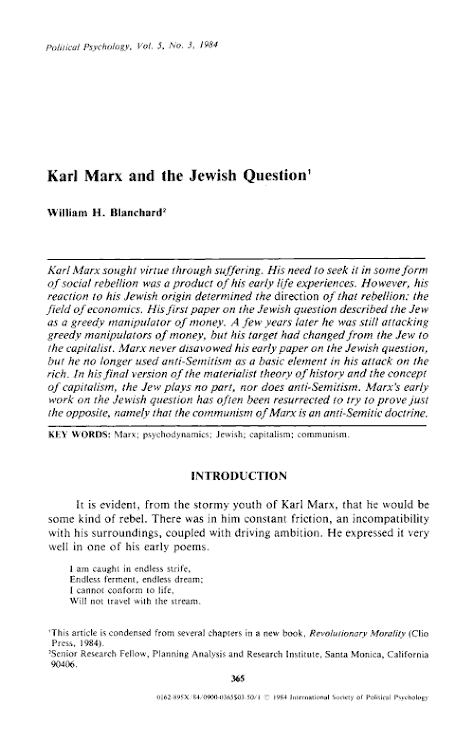




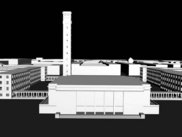






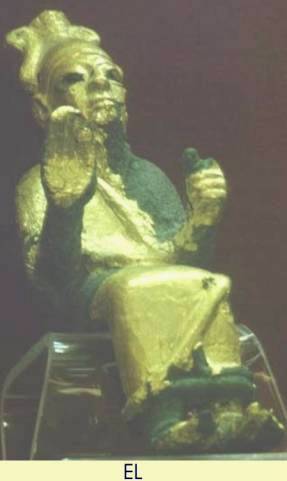




























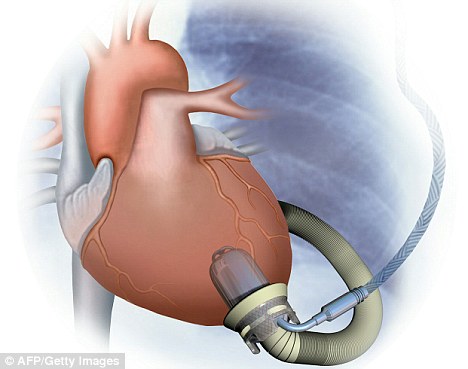
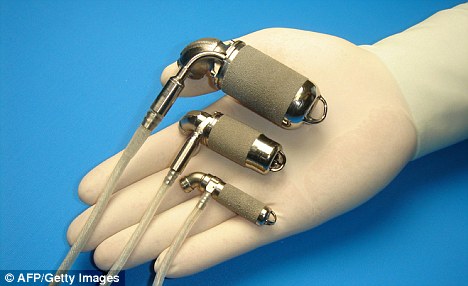
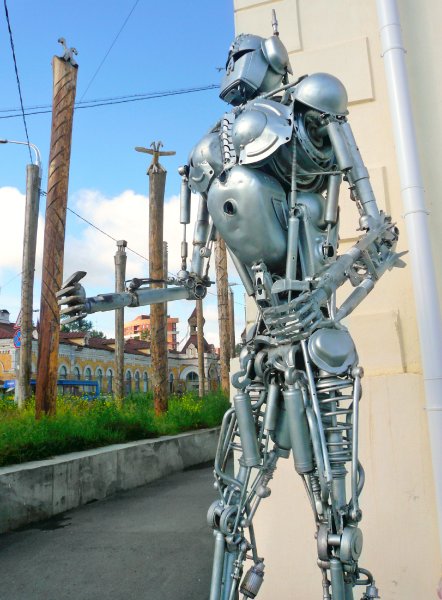


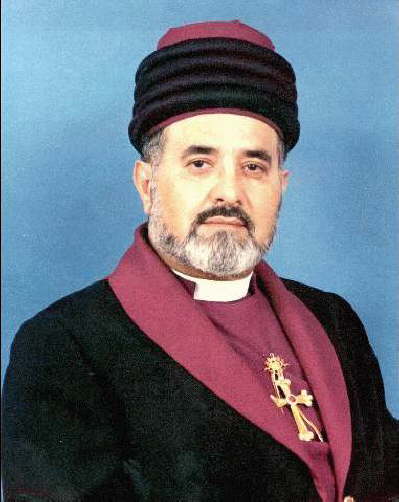+Anniversay+Dinner.jpg)





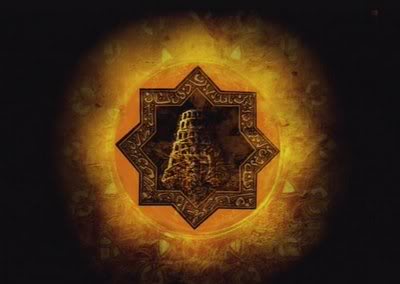





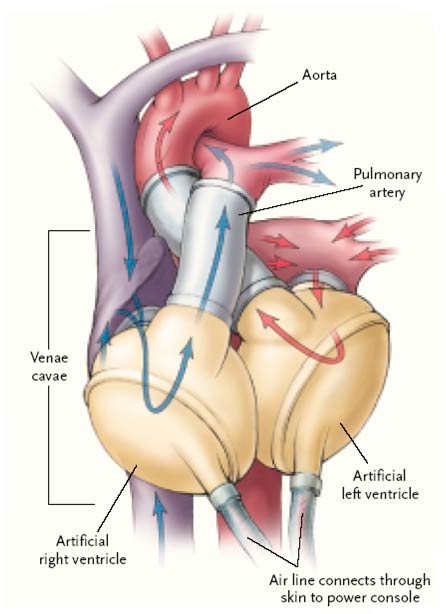

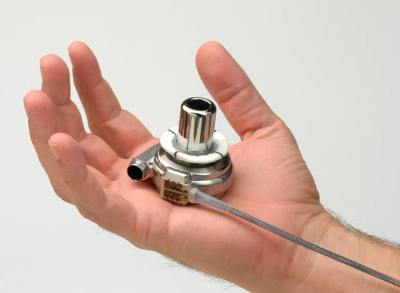

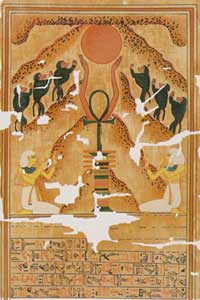








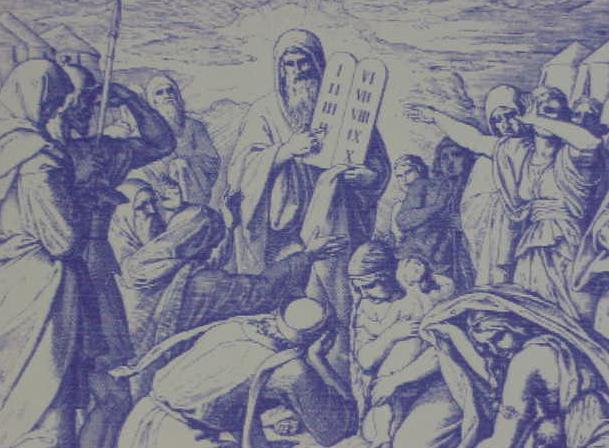
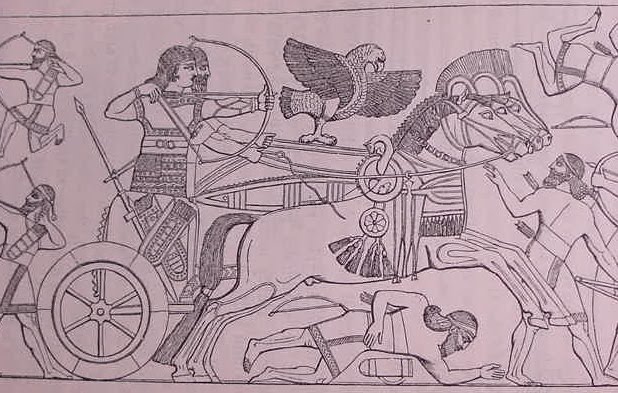



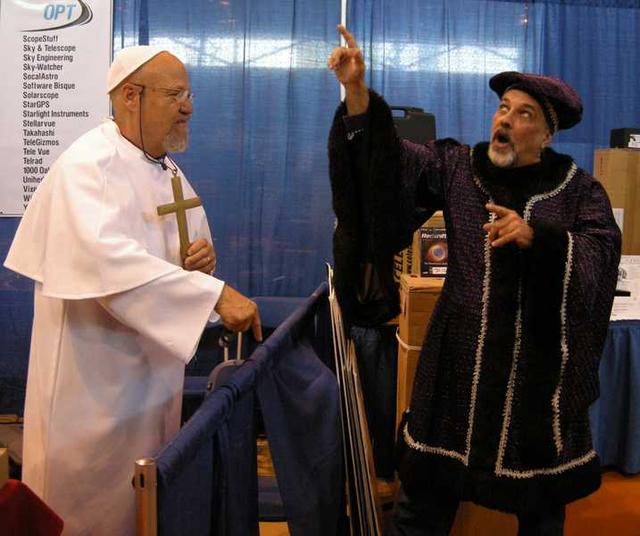




















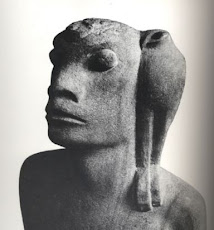












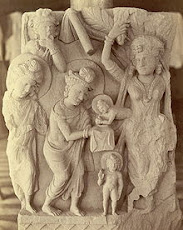






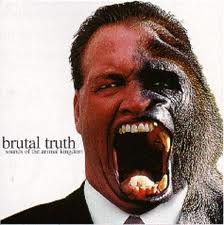


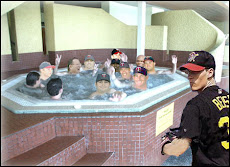






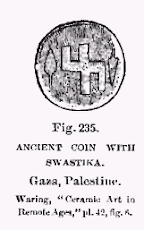



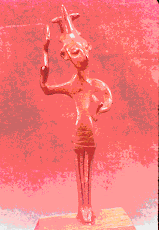






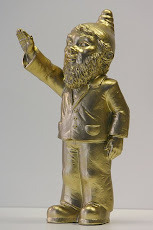










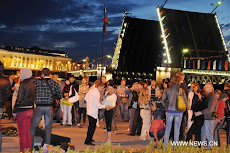

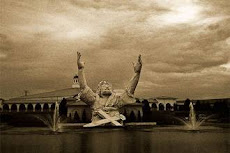














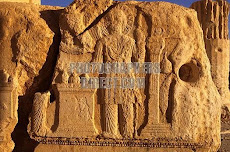


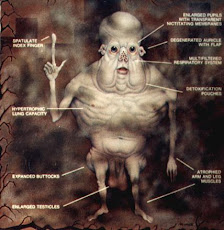






















No comments:
Post a Comment